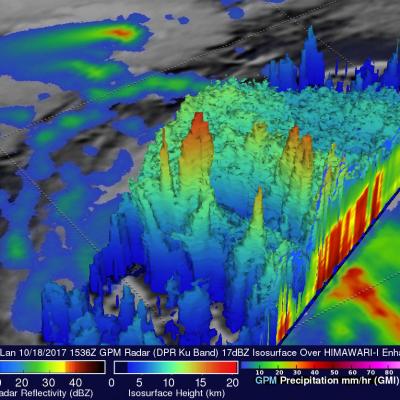Replacement GPM Ka/Ku L1B products (2017-09-29) for orbit 20378-20379
PPS received replacement GPM Ka L1B (20378) and Ka/Ku L1B (20379) products from JAXA and will reprocess the affected data including Level 2 and 3 data. If you have already obtained products with orbit# 20378-20379 from our archive or through a standing order, etc., please discard and use the replacement products. PPS has replaced the following GPM Ka/Ku L1B data with empty granules: GPMCOR_KAR_1709291217_1349_020378_1BS_DAB_05A.h5 GPMCOR_KAR_1709291349_1522_020379_1BS_DAB_05A.h5 GPMCOR_KUR_1709291349_1522_020379_1BS_DUB_05A.h5 PPS has reprocessed the affected L2-3 downstream products. If you





